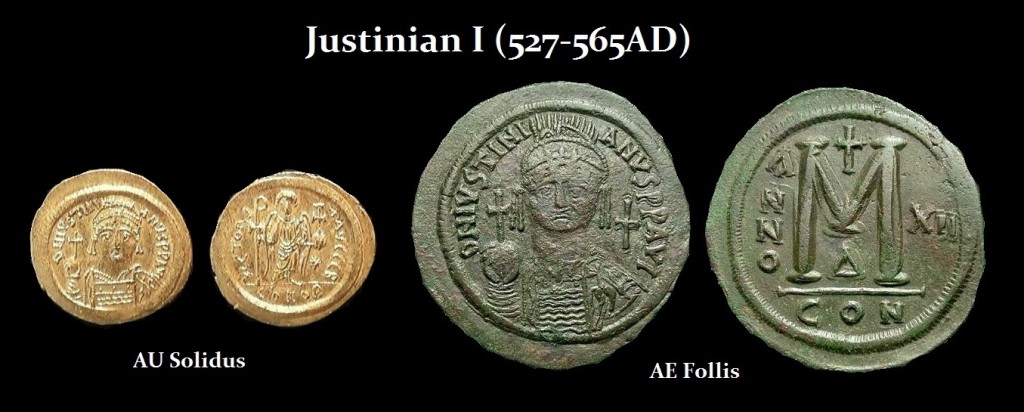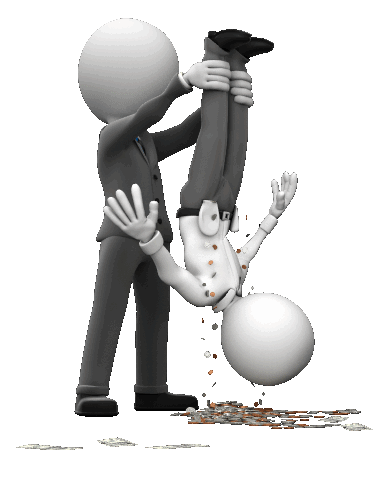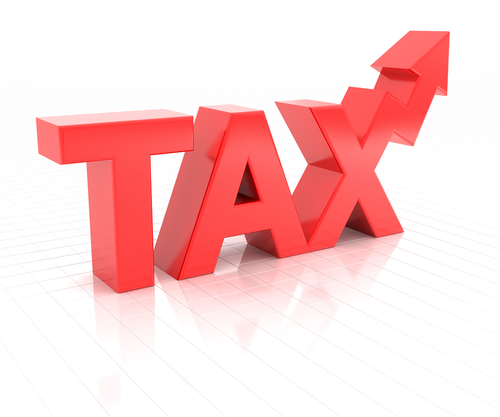
QUESTION: Mr. Armstrong; I assume you have studied this hunt for money government goes through. Has it always ended in the collapse of government?
Thank you
PD
ANSWER: No. It really depends upon the economic system in place. There are two comparable plagues that devastated the world population. One ended in oppression and the other gave birth to capitalism. It is like the battle between public and private. It depends on what side you reside when it hits. In a public wave, taxes rise to compensate for the decline in population, whereas in the latter we find the birth of taxation applied to individuals who suddenly are free to earn money.
One of the worst such events coincided with the Justinian Plague (541-542AD) and was a pandemic involving Yersinia pestis, the organism responsible for bubonic plague. This hit the population on a monumental scale, creating a wave of devastation comparable to the Black Death that came about 600+ years later (2 x 309.6), which created capitalism by killing about 50% of the people and ended serfdom by reintroducing wages during the 14th century. It is estimated that about 25 million were impacted on its first wave but recurrences struck, bringing the total death toll to perhaps 50 million. The primary source describing this as a worldwide event in history has come to us from the noted contemporary historian during the 6th century, Procopius of Caesarea (Procopius Caesarensis; c. 500-560 AD).
The Justinian Plague (541–542 AD) resulted in 5,000 deaths per day in Constantinople, but the Emperor responded with massive taxation as the pestilence swept through the known world; notably the Roman Empire. Justinian is remembered for his legal code reforms, but also for massive taxation for trying to restore the fallen glory of ancient Rome by waging a series of military campaigns to retake lands that had been overrun by barbarian tribes. The plague wiped out most of the farming community and impacted the tax revenue of the government. It was taxation that was different from the Black Death. Here taxation was applied to individuals, whereas latter taxes were minimal and applied only to landlords. Justinian showed no mercy whatsoever when it came to the collapse in his tax revenue. Despite the human desolation, Justinian hunted the ruined freeholders. He not only demanded they pay his annual tax even if they had no income, but he increased the tax on those living to compensate for the amount of taxation their deceased neighbors were liable to pay.
Justinian I was rather ruthless when it came to taxation. There was a tax revolt that boiled over on January 13, 532 AD, known as the Nika Revolt, which emerged when an angry populace arrived at the Hippodrome in Constantinople to watch the chariot races. The Hippodrome was next to the palace complex where Justinian could watch from the safety of the palace. The spectators were hurling insults at Justinian for his taxes. Initially, it was a contest between two opposing teams known as the “Blue” and “Green.” After race 22, the chants began to change to Nίκα (“Nika”, meaning “Win!” or “Conquer!”). The crowds became violent, and for the next five days the palace was under siege. They set fires that destroyed most of the city including the church, the Hagia Sophia, which Justinian would impose harsh taxes to later rebuild.
Therefore, in this instance, Justinian I raised taxes on the 50% who survived so his revenue would not decline. Since this was a period of capitalism where individuals earned money for their labor (in socialism/communism the state earns the profit from the labor of the population), taxes were raised on the people. The Black Death ended serfdom as labor became scarce and landlords had to offer more than 20% of the food and a free housing to work their land.










